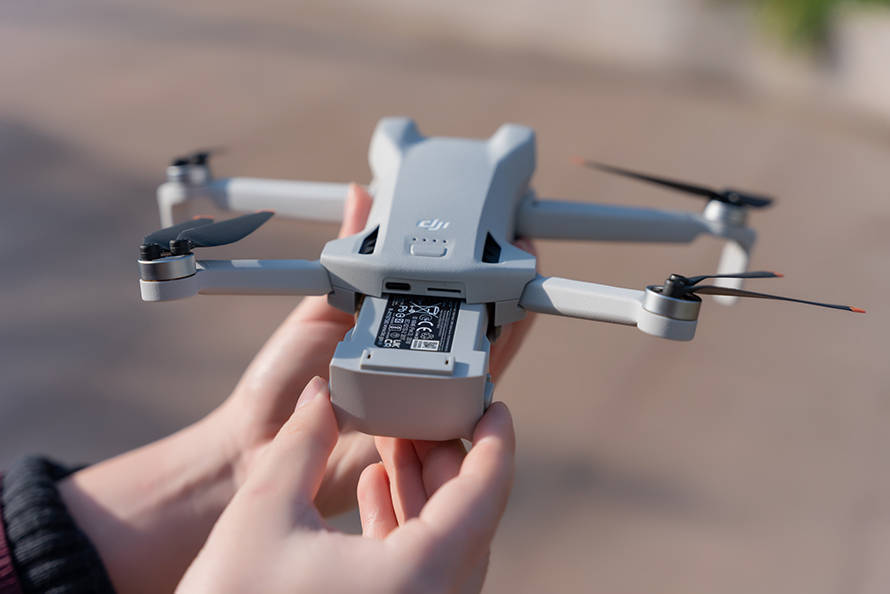The Rise of Crop Dusting Drones in Precision Agriculture
The use of crop dusting drones is transforming the agricultural landscape, offering unprecedented precision and efficiency in farming practices. These cutting-edge technologies are not just flying machines; they are pivotal in fostering sustainable farming, reducing labor costs, and increasing yields. They represent a marked departure from traditional methods, bringing a revolution in precision agriculture methodologies.
What makes crop dusting drones invaluable is their ability to cover large areas quickly and efficiently, ensuring that pesticides and fertilizers are evenly distributed across fields. Equipped with advanced GPS systems and various sensors, these drones can precisely gauge areas needing attention, minimizing waste and enhancing productivity.
How Crop Dusting Drones Work
Crop dusting drones use sophisticated technology, including GPS and imaging systems, to identify and treat crops. Their rotors distribute chemicals evenly, ensuring that each plant receives the right amount of treatment. The data gathered by these drones provide farmers with actionable insights, helping them understand crop health and make informed decisions.
Additionally, these drones are capable of operating in weather conditions where traditional methods might falter, offering greater reliability and operational efficiency. This adaptability represents a substantial advantage in maintaining crop health regardless of external conditions.
The Economic and Environmental Impact
The adoption of crop dusting drones greatly impacts economic aspects of farming by reducing fertilizer costs and minimizing labor expenditure. Subsequently, these drones also contribute to environmental conservation. By targeting specific areas instead of blanket treatments, they reduce chemical runoff into surrounding environments, protecting the local ecosystem.
Furthermore, drones reduce the carbon footprint by operating on rechargeable batteries and reducing the need for heavy machinery. Their deployment is a step towards more eco-friendly agricultural practices, illustrating how technology can lead to sustainable development.
Challenges in Implementing Drone Technology

Despite their benefits, the integration of crop dusting drones into mainstream agriculture is not without challenges. Regulatory hurdles, privacy issues, and the need for technical expertise can slow down widespread adoption. These barriers necessitate a collaborative effort between technologists, policymakers, and farmers to harness the full potential of these drones.
Farmers also need to invest in training and infrastructure to maximize the benefits of drone technology, which can be daunting for small-scale operations. Overcoming these limitations requires strategic planning and investment.
Exploring the Future of Agricultural Drones
As technology continues to evolve, the capabilities of crop dusting drones are expected to expand. Advances in AI and machine learning will enable even more precise applications, transforming data collection and analysis to predict crop needs proactively. This futuristic approach suggests a promising trajectory for drone technology within agriculture.
FAQs on Crop Dusting Drones

- How do drones handle various terrain types? Most crop dusting drones are equipped with advanced stabilization systems that allow them to operate efficiently across different terrains. Sensors adapt to contours and ensure precision in delivery.
- Are crop dusting drones cost-effective for small farms? Initially, the cost might seem high, but long-term savings from reduced chemical use and increased yield can offer significant returns on investment, especially with the scaling of technology reducing unit costs.
- Is drone technology safe for the environment? Yes, drones help minimize the environmental impact by targeting specific treatment areas, reducing chemical runoff and conserving energy compared to traditional methods.